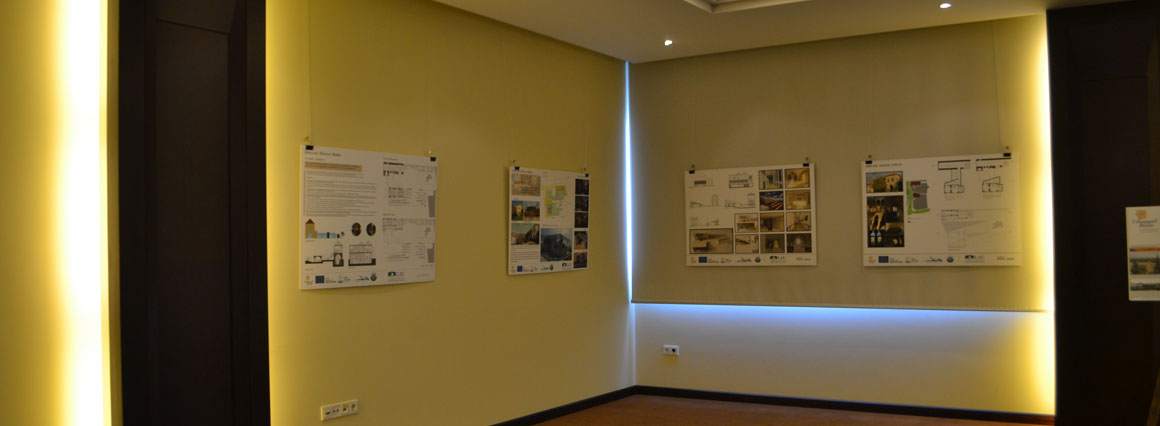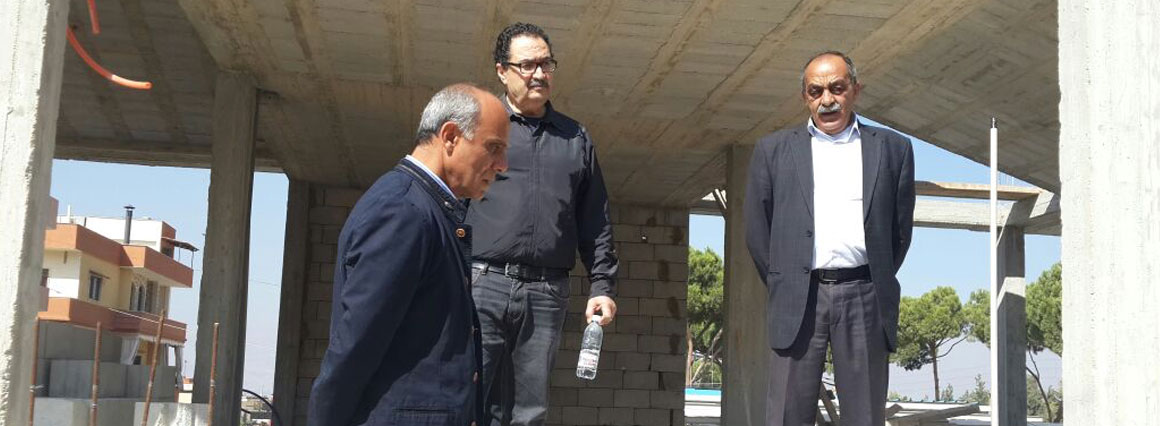Work for the future Umayyad Museum which will be located in the city of Anjar has been launched (Lebanon)
This museum, that will disseminate the Umayyad culture and the objectives of the project the Umayyad Route, is funded by the ENPI CBC Med Programme (European Neighbourhood and Partnership Instrument Cross-Border Cooperation in the Mediterranean).
► The creation of this museum complex has been considered by the Lebanese authorities as a major boost to tourism and economic development of the city and its surroundings.
The Lebanese partner of the European project Umayyad, the Municipality of Jbeil, signed an agreement with the city of Anjar on the final location of the museum on Umayyad culture. The Municipality of Jbeil is the beneficiary of the project funds for the implementation of this permanent exhibition. The objective of this project is to create a transnational touristic itinerary (Umayyad Route) that includes specific national routes in each partner country.
The museum will disseminate the contents and objectives of the project, the Umayyad culture and spots in the seven countries that are part of the Umayyad route, the itinerary itself, points of interest, useful travel information, etc. These countries are: Spain, Portugal, Italy, Tunisia, Egypt, Lebanon and Jordan. Another Lebanese partner, the Lebanese-American University (LAU) is participating in the designs of the museum and planning contents. The creation of this museum complex in Anjar has been considered by the Lebanese authorities as a major boost to tourism and economic development of the city and its surroundings.
This town is part of the Lebanese Route within the Umayyad Itinerary. The city of Anjar is 58 kilometers from the capital, Beirut. It was founded in the first half of the eighth century - about 705 by the Umayyad Caliph Walid ibn Abd al-Malik- build up on a Roman and Byzantine urban legacy, this is a common characteristic found in many cities of the Umayyad period. During this time, the cities usually included a large palace, a major mosque, several public baths and administrative buildings. After the decline of the Umayyad dynasty, the city was abandoned.




